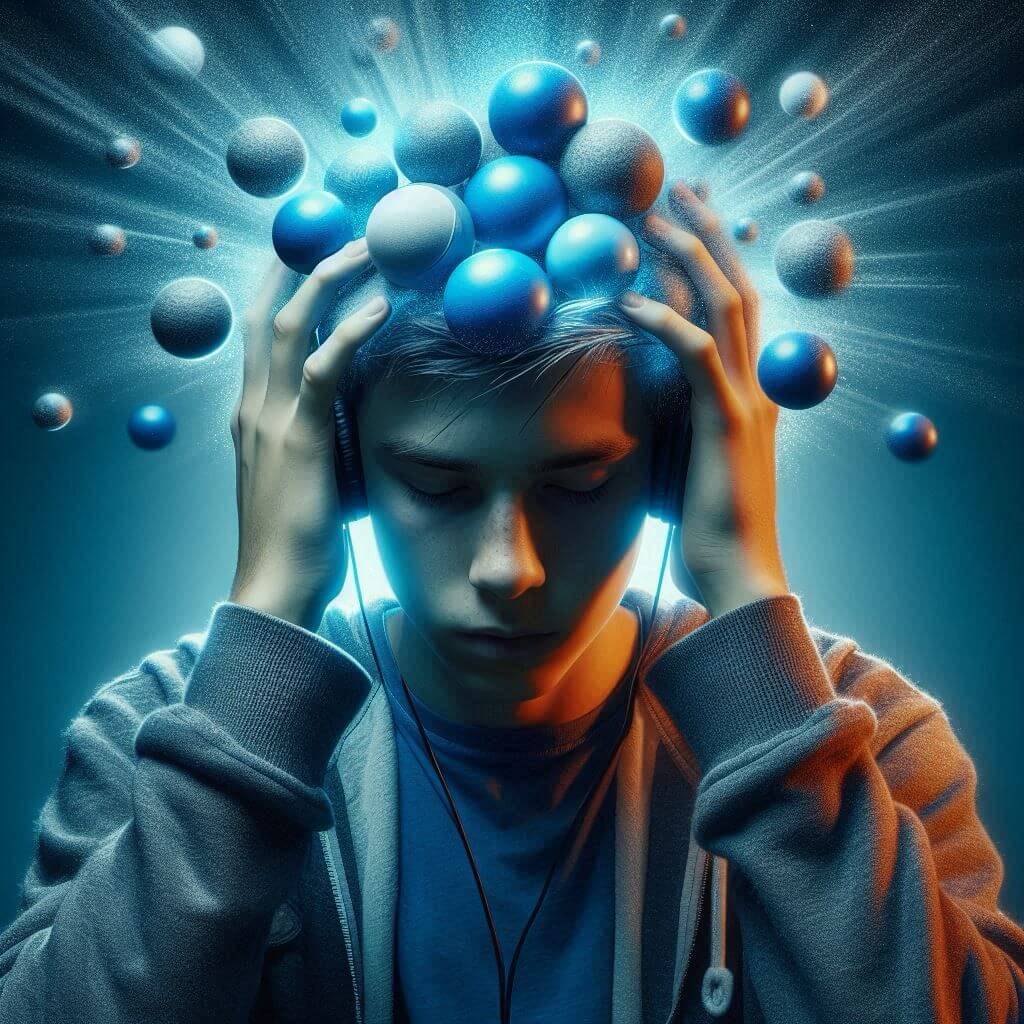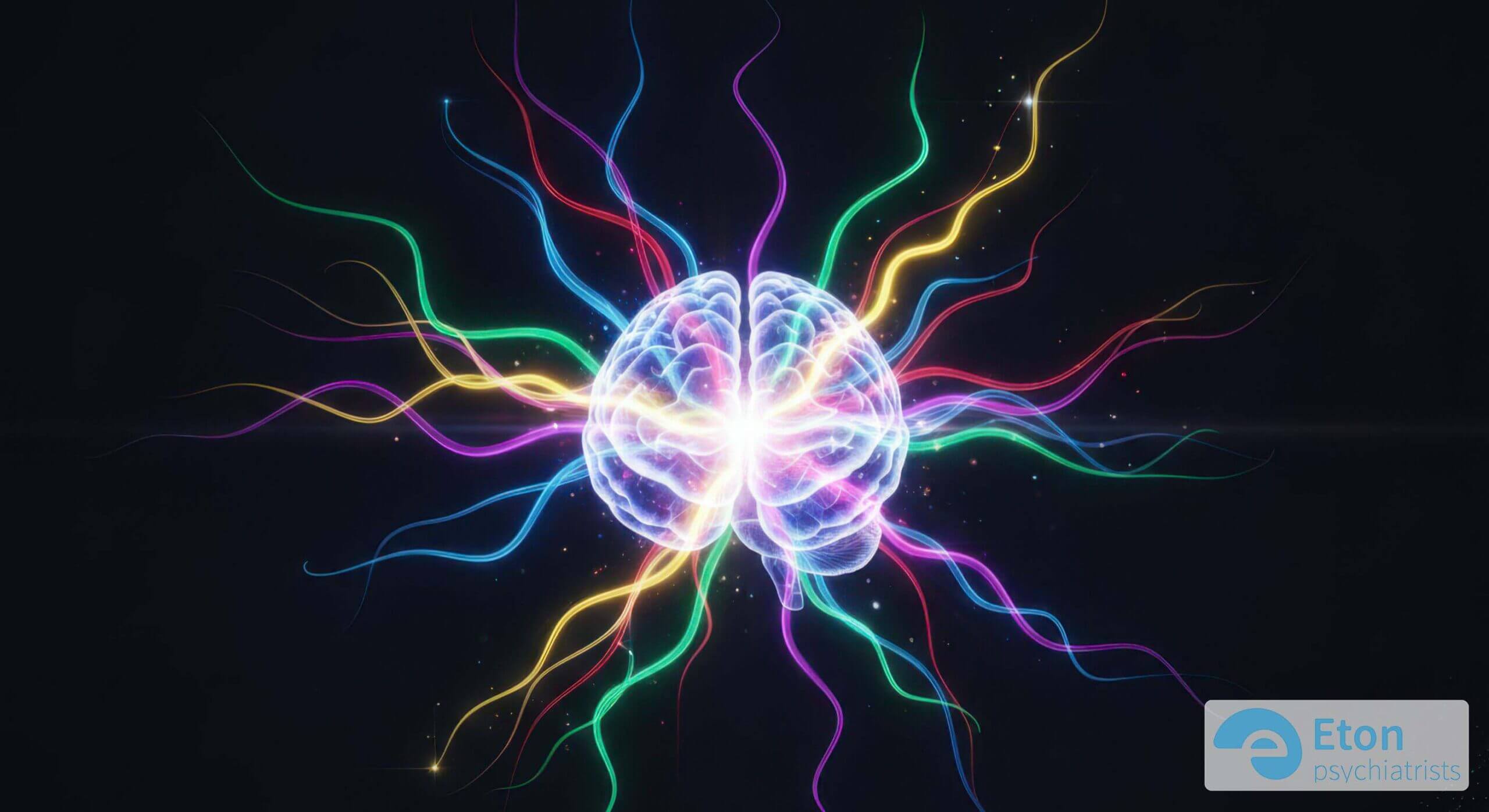
How to Support Teens with ADHD and Autism
Adolescence is a challenging period for any young person, characterized by significant physical, emotional, and social changes. For neurodivergent teenagers—particularly those with ADHD or autism—these challenges can be magnified by unique neurological differences that affect how they experience and interact with the world. Understanding these differences is crucial for providing effective support during this critical developmental stage.
Understanding Neurodiversity in Adolescence

Neurodevelopmental conditions like ADHD and autism are not simply “disorders” but represent natural variations in human neurology. ADHD is characterized by persistent patterns of inattention and/or hyperactivity-impulsivity that significantly impact daily functioning. As explained by specialists, “While everyone occasionally faces challenges like sitting still, paying attention, or controlling impulses, individuals with ADHD experience these issues so frequently and persistently that they interfere with daily life at home, school, work, and in social settings.”
Similarly, autism represents a different way of processing information and experiencing the world. Both conditions exist on spectrums, meaning they manifest differently in each individual, with varying strengths and challenges.
One notable aspect of these conditions is their frequent co-occurrence. Research has highlighted key similarities between autism and ADHD, including overlapping features such as:
- Challenges with attention and focus
- Difficulties with social interaction and communication
- Executive functioning deficits
- Sensory sensitivities
- Behavioral patterns that may appear unusual to neurotypical observers
For adolescents navigating both conditions simultaneously, understanding these intersections becomes particularly important for developing effective support strategies.
The Unique Challenges of Adolescence for Neurodivergent Teens

The teenage years bring additional complexity to neurodivergent individuals for several reasons:
Social Dynamics
Social expectations become increasingly complex during adolescence. For many neurodivergent teens, the unwritten rules of social interaction can be confusing and anxiety-inducing. As one individual with autism and ADHD described in a personal account: “For my whole life, it seemed like everyone else found things easy. For me, everything was a struggle—fitting in, making work, maintaining friendships and relationships. I rarely felt understood.”
Emotional Regulation
Many neurodivergent adolescents experience heightened emotional responses, particularly to perceived rejection or criticism. This phenomenon, known as Rejection Sensitivity Dysphoria (RSD), is especially common in individuals with ADHD.
As clinical research explains: “The limbic system (the part of the brain involved in our behavioral and emotional responses) is usually smaller in volume in people with ADHD and as a result can impact person response to emotional situations. Due to the possible less regulated processing, reactions will lead to impulsive and less calculated responses to any conflict and confrontation, which will put the person with ADHD and neurodiversity in a vulnerable position.”
Academic Demands
The transition to secondary school often brings increased academic expectations, less structure, and greater demands for executive functioning—precisely the areas where many neurodivergent teens struggle. Despite intellectual capabilities, many find themselves underperforming academically, leading to frustration and diminished self-esteem.
Gender Differences in Presentation and Diagnosis

It’s important to recognize that neurodevelopmental conditions often present differently across genders, leading to significant disparities in diagnosis rates and support.
For example, ADHD in women frequently manifests as:
- Chronic disorganization and forgetfulness
- Emotional dysregulation with frequent mood swings
- Overwhelm in managing daily tasks
- Anxiety and depression resulting from long-term struggles
- Low self-esteem due to perceived failures
As specialists note, “Many women with ADHD go undiagnosed or are misdiagnosed with anxiety or depression alone. This happens because their symptoms may not align with the typical hyperactive behaviors associated with ADHD.”
Similarly, research indicates that autism in women often goes unrecognized until much later in life, with studies suggesting that nearly 75% of autistic women remain undiagnosed until after age 30.
These gender disparities mean that adolescent girls with these conditions may be particularly vulnerable to having their needs overlooked during critical developmental years.
The Importance of Early Assessment and Support

Given these challenges, early identification and appropriate support are crucial. Comprehensive assessments conducted by specialists experienced in neurodevelopmental conditions can provide valuable insights into an individual’s specific profile of strengths and challenges.
For adolescents displaying signs of ADHD, specialized assessments can help determine whether symptoms meet diagnostic criteria and guide appropriate interventions. Similarly, autism assessments can provide clarity about sensory sensitivities, social communication patterns, and other autism-specific traits.
Early diagnosis offers several benefits:
- It provides a framework for understanding experiences that might otherwise seem like personal failures
- It opens access to appropriate accommodations in educational settings
- It allows for tailored interventions during a critical developmental period
- It helps adolescents develop self-understanding and advocacy skills
As one individual shared in their personal journey: “Receiving my diagnoses was scary, but it was also liberating. Understanding myself—the strengths and challenges of ADHD and autism—has made my life infinitely more fulfilling.”
Effective Support Strategies
Supporting neurodivergent adolescents effectively requires a multifaceted approach that addresses their unique needs:
Educational Accommodations
School environments can be adapted to better support neurodivergent students through:
- Clear, structured instructions and expectations
- Reduced sensory stimulation when needed
- Extended time for assignments and tests
- Use of assistive technologies
- Regular breaks to manage attention and energy levels
Therapeutic Approaches
Several therapeutic approaches have shown effectiveness for neurodivergent adolescents:
- Cognitive Behavioral Therapy (CBT) can help address anxiety, negative thought patterns, and behavioral challenges
- Skills-based interventions focused on executive functioning, social skills, and emotional regulation
- Mindfulness practices that improve self-awareness and stress management
For adolescents experiencing obsessive thought patterns, specialized therapeutic approaches can help break cycles of rumination and anxiety.
Medication Considerations
For many adolescents with ADHD, medication can be an important component of treatment. However, decisions about medication should be made carefully and monitored appropriately, particularly given potential cardiovascular considerations with certain medications.
As research indicates, “While ADHD medications can be life-changing, prolonged exposure to stimulants may increase the risk of arrhythmia, particularly during the early stages of treatment.” This underscores the importance of comprehensive assessment and ongoing monitoring by qualified healthcare providers.
Lifestyle Approaches
Beyond formal interventions, certain lifestyle approaches can support neurodivergent adolescents:
- Regular physical activity: Exercise has been shown to improve focus, reduce hyperactivity, and boost mood in individuals with ADHD
- Sleep hygiene: Many neurodivergent individuals struggle with sleep, making strategies to improve sleep quality especially important
- Nutrition: While no specific diet is recommended for neurodevelopmental conditions, nutritional approaches that support overall brain health can be beneficial
The Power of Lived Experience and Community
Beyond clinical interventions, connecting with others who share similar experiences can be tremendously valuable for neurodivergent adolescents. Personal accounts like “From Struggles to Strength: RJ’s ADHD and Autism Journey” demonstrate how understanding one’s neurodiversity can transform perceived weaknesses into strengths.
As RJ describes: “I’m now the most content I’ve ever been. My mental health isn’t perfect, but I no longer experience panic attacks, and my outlook on life is optimistic. My relationships, both personal and professional, have improved, and I’ve developed resilience in the face of stress.”
Special Considerations and Populations
Neurodiversity Across the Lifespan
While this article focuses on adolescents, it’s worth noting that neurodevelopmental conditions persist throughout life, with each stage bringing unique challenges and opportunities. Understanding autism and neurodiversity in older adults can provide perspective on the lifelong nature of these conditions.
For those wondering if they might have undiagnosed ADHD or autism later in life, specialists affirm that there is no age limit for diagnosis. As one expert notes, “It’s never too late to be diagnosed with ADHD and gain a better understanding of yourself, your struggles, and your behavior.”
Specific Populations
Certain populations may face additional challenges in having their neurodivergence recognized and supported. For example, individuals who are deaf face unique challenges in ADHD assessment, as “behaviors associated with ADHD, such as difficulty following instructions or inattentiveness, may be mistaken for challenges related to communication barriers or language development.”
Similarly, individuals with overlapping medical conditions may need specialized care that addresses the interaction between neurodevelopmental and physical health concerns, such as through collaborative specialist clinics.
Conclusion: Embracing Neurodiversity in Adolescence
Supporting neurodivergent adolescents is not about addressing challenges in isolation, but rather understanding, accommodating, and celebrating the distinct perspectives they contribute to the world. Professional services like Eton Psychiatrists offer tailored assessments and comprehensive care, helping teenagers discover their strengths and navigate their individual journeys.
By empowering adolescents with self-awareness and equipping parents, educators, and healthcare providers with effective strategies, we can foster environments that value inclusion and personal growth. Whether through ADHD and autism assessments for children or adults, this personalized approach ensures neurodivergent individuals have the tools to thrive academically, socially, and emotionally.
Investing in understanding neurodiversity is an ongoing process that benefits not only the individual but the entire community—building a future where every adolescent’s unique contributions are recognized and celebrated. For specialized insights, assessments, or support services, visit Eton Psychiatrists.



